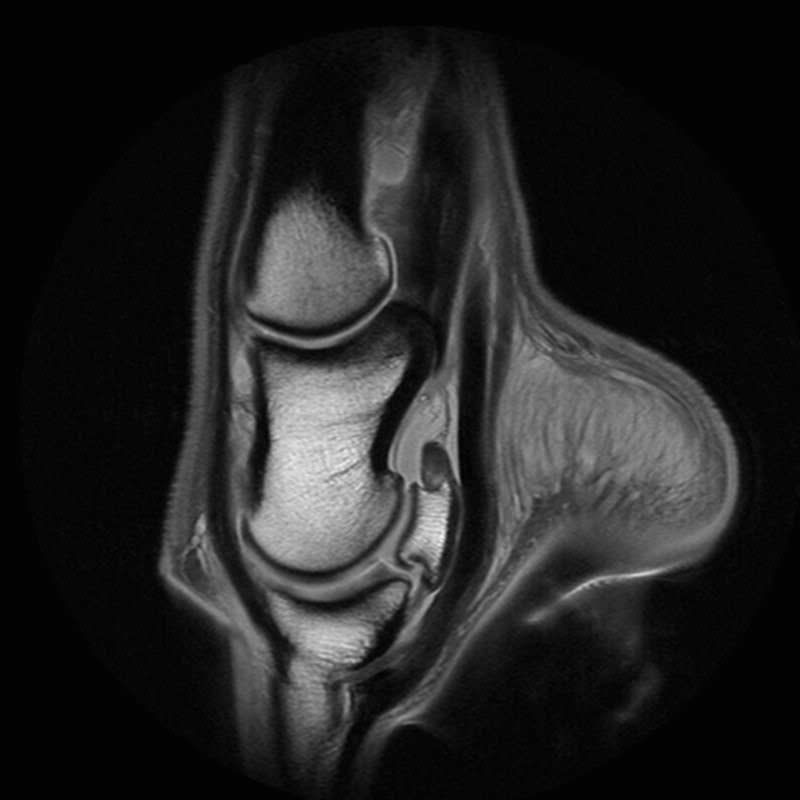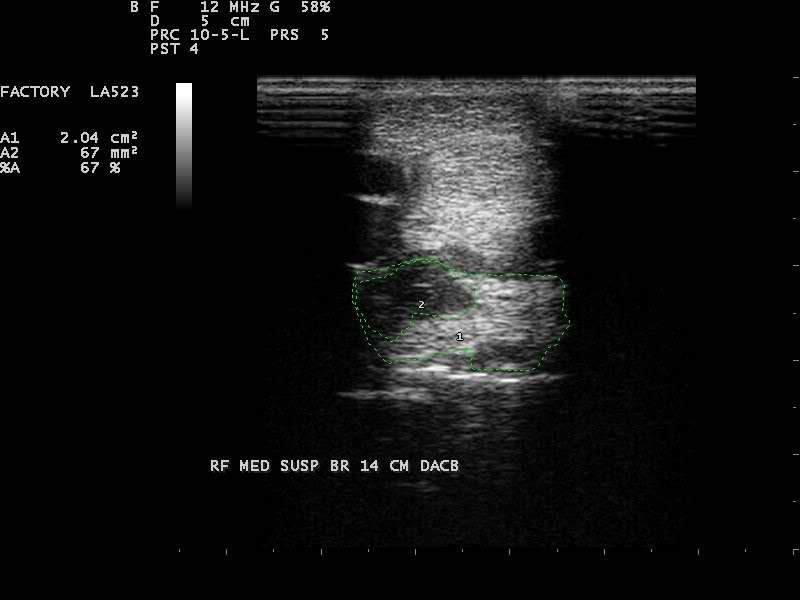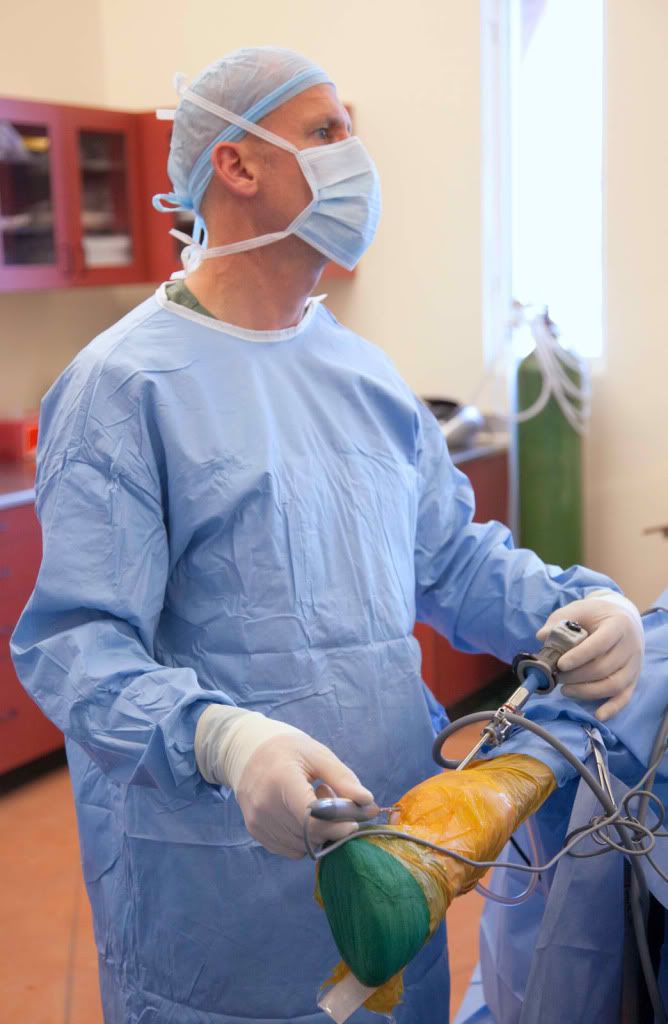DR. SHANE M. MILLER DVM, Dipl. ACVS
Reno, Nevada Licensed in NV/CA/UT 
Choosing the Right Therapy for Your Lame Horse: What you need to know first!
No matter the discipline, we ask a lot of our equine companions and athletes. There is a myriad of conditions causing lameness and resulting in prolonged rest periods or missed competitions. Whether it is conformation abnormalities, congenital conditions, or the normal stresses and strains sustained by the feet and limbs, injuries can occur. We are in the "new age" of regenerative medicine therapies to treat these injuries. While there have been many advancements, there are still basic things that need to be evaluated and established before we go crazy with therapeutics.
This new era of repairing performance induced injuries can mean reaching deeper into our pockets. However, the most critical goal to first establish is "Are we treating the primary problem?" Veterinarians often find it easier for clients to pay for treatment than to pay for more diagnostics. Some of the new diagnostics available (digital radiography, nuclear scintigraphy, MRI) can cost a pretty penny, but often time these tools are needed to establish that correct diagnosis. It doesn't make any sense to throw a lot of money into treatment if we don't know EXACTLY what we are treating.
 Arriving at a correct diagnosis takes skill, experience, and time. Diagnosing subtle lameness can be an art form molded from years of experience. A thorough lameness exam includes an exam on hard and soft surfaces, flexion tests, and hoof tester exam. Sometimes an exam under saddle is required if the lameness is only evident while being ridden. The next step involves blocking the limb or joint to help localize the area of concern. Once the area has been identified, the diagnostic modality of choice is performed. This is dependent on the type of tissue injured. Joint or bone injuries are diagnosed with radiographs. Soft tissues (tendons or ligaments) injuries are diagnosed with ultrasound.
Arriving at a correct diagnosis takes skill, experience, and time. Diagnosing subtle lameness can be an art form molded from years of experience. A thorough lameness exam includes an exam on hard and soft surfaces, flexion tests, and hoof tester exam. Sometimes an exam under saddle is required if the lameness is only evident while being ridden. The next step involves blocking the limb or joint to help localize the area of concern. Once the area has been identified, the diagnostic modality of choice is performed. This is dependent on the type of tissue injured. Joint or bone injuries are diagnosed with radiographs. Soft tissues (tendons or ligaments) injuries are diagnosed with ultrasound.
 |
| Image courtesy of MREquine-Comstock Equine Hospital |
If the injury is located within the hoof capsule and the radiographs do not show any abnormality or if there is a concern of bone AND soft tissue damage, an MRI may be indicated. If the area of concern is higher on the body, deep to a lot of soft tissue, in the axial skeleton (spine and pelvis) or a physiological problem, nuclear scintigraphy (bone scan) would be the diagnostic of choice. Joint inflammation is also a common source of lameness. Whether a fragment or damaged cartilage is causing the inflammation, arthroscopy may be indicated to diagnose and resolve the problem. Often times a combination of these modalities may be required. It is only after the proper diagnosis is established that the correct therapy can and should be recommended. This simple yet complex step is often overshadowed by the glow of regenerative medicine.
 |
| Dr. Miller Injecting stem cells into torn suspensory ligament |
With regenerative therapies such as stem cells and platelet rich plasma (PRP) in our treatment arsenal, injuries heal better, faster, and with less likelihood of reinjury. Synovitis or inflammation of the soft tissue components of the joint often respond well to intra-articular anti-inflammatory medication including hyaluronic acid and steroids. Soft tissue injuries such as tendon and ligament tears have been shown to respond well to PRP and stem cell therapy. Tildren therapy has been extremely useful in conditions involving bone reabsorption and weakening of the bone.
No matter the type of regenerative therapy, treatment can be costly and ineffective if used improperly. Therefore going back to the basics and obtaining an accurate diagnosis of the lameness condition is ESSENTIAL first and foremost before any type of therapy should be recommended.

When Dr. Miller isn't with his family or working with equines, he is a tough Iron Man competitor!